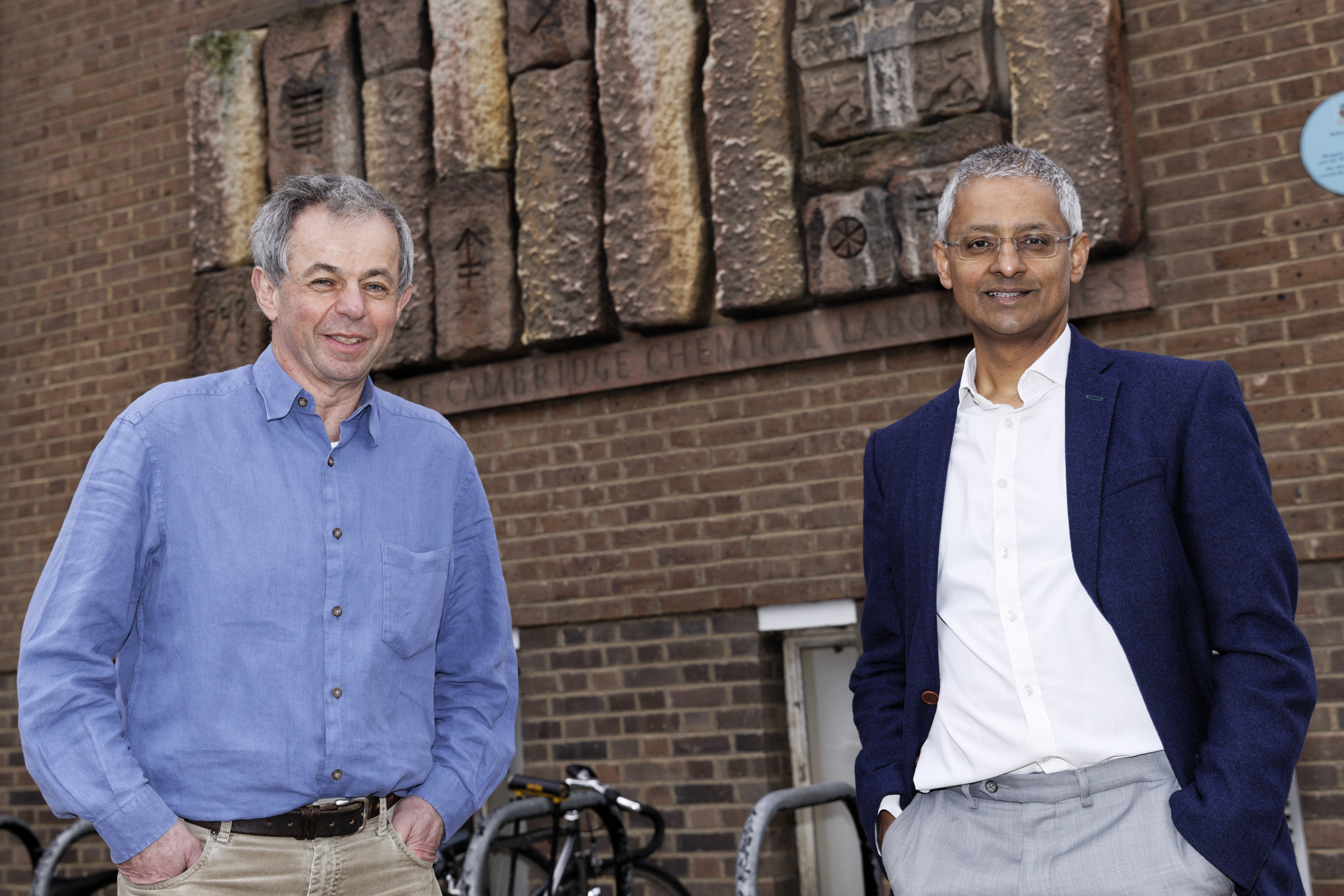The UK biotech sector was in the news yesterday morning with two companies and their COVID tests making headlines: Oxford Nanopore and DNANudge. Both are offering rapid testing for COVID-19 in the NHS and in care homes (where they are desperately needed). There is only a little detail on the Beeb so I thought I’d summarise what each company is doing here – this post is written for people who may not be genome scientists so I’ve tried to simplify some information, whilst not dumbing it down.
Oxford Nanopore LAMpore:
The new test from Oxford Nanopore (@nanopore) is a rapid DNA sequencing assay – this means the patient sample has the A’s, C’s, G’s & T’s of DNA in the sample sequenced to determine whether the COVID virus genome is present. The LamPORE assay focuses on three segments of the COVID genome, but rest assured these 3 segments are enough to detect the virus in a nasal swab.
The LamPORE assay uses Reverse-Transcription Loop-mediated Isothermal Amplification (RT-LAMP) to make enough of the viral genome for the sequencing assay to work. The “Reverse-Transcription” refers to the need to convert the COVID RNA into DNA that can be sequenced – transcription is the process of converting DNA into RNA, and is the first step in the central dogma of molecular biology that explains the flow of genetic information; from DNA to RNA and finally into Proteins by translation. LAMP is a method we can use to rapidly amplify DNA or RNA to make millions of copies of the starting molecules and it is these copies of DNA that are fed into the wonderful technology that Oxford Nanopore invented – a working DNA nanopore sequencer.
Nanopore sequencing is a revolutionary method to sequence DNA. The Human genome was initially sequenced on thousands of huge machines in a worldwide effort that involved thousands of scientists, took 15 years to complete and cost $3 billion. Today Oxford Nanopore can do almost the same job for a few £1000’s in a couple of days on a handheld device – about the size of a Mars Bar. It truly is revolutionary and is a massive UK Biotech success story that has not yet been bought by Chinese or American investors. The LAMP amplified sample is read by the machine and on-board or cloud-based analysis methods determine if the 3 segments of the COVID genome were present or not.
Information on the Oxford Nanopore website indicates that the LamPORE COVID assay is the first assay Oxford Nanopore has developed with for diagnostic use. But the site also indicates that as of July 3oth the assay is in validation phase (that means it’s still being tested). But according to the BBC half a million of these new rapid swab LamPORE tests will be available “from next week in adult care settings and laboratories, with millions more due to be rolled out later in the year”.
Oxford Nanopore was founded in 2005 as a spin-out from the University of Oxford by Hagan Bayley, Gordon Sanghera, and Spike Willcocks. The company is developing nanopore sequencing as a competitor to Illumina’s dominant sequencing systems. Nanopore sequencers are available in several configurations from the hand-held MinION to the benchtop PromethION. The COVID assay is available on their amazing MinION MK1C, which incorporates the sequencer, compute and a screen in one handheld device!
DNAnudge:
The DNAnudge test is a quantitative PCR test for COVID created by the DnaNudge team and The Technology Partnership in Cambridge. The test uses the same “Reverse-Transcription” as Oxford nanopore to convert the COVID RNA into DNA that can be tested. However, this test simply detects the presence of COVID by a Polymerase chain reaction (PCR) assay. The test has been reported as having sensitivity of >98% and specificity of 100%. The UK government has ordered 5.8 million rapid COVID Nudge test kits at a cost of £161 million for use in NHS hospitals from September.
PCR is one of the fundamental biology tools. It was invented in 1984 and uses repeating cycles of heating and cooling of a sample to allow DNA to be copied. In each cycle DNA molecules present that match the sequence of short DNA “primers” are copied by DNA polymerase, this is the same enzyme used in our cells to copy our genomes during cell division. The heating cycle then breaks apart the double-stranded DNA ready for the next cycle of polymerase copying leading to exponential amplification.
The DNAnudge technology is explained in the US10093965B2 patent registered by Prof Toumazou and others at TTP. This describes how the device works and has some very interesting figures that show the workings of the Nudge cartridge and the use of your mobile phone as the detection device. A sample is introduced into the Nudge cartridge, which then extracts the DNA (or RNA in the case of COVID), amplifies specific targets by PCR, and applies the amplified DNA to a microchip that does the actual testing. In the case of DNAnudge’s usual nutrigenomics assay this is DNA variants, or SNPs, that are useful in making lifestyle choices; in the case of COVID this is most likely SNPs that confirm the presence of specific strains of the virus.
DNAnudge was founded by Prof Chris Toumazou and Dr. Maria Karvela. Their DNAnudge box delivers genetic testing results and the company offer Apps that guide consumers shopping choices according to their genetic makeup. A cheek swab is loaded into the DNAnudge cartridge, which then analyses specific DNA variants involved in nutrition metabolism. Results are delivered by an app on your phone Prof Toumazou also founded DNA Electronics in 2001; this is a company that uses semi-conductors to analyse DNA.








Leave A Comment